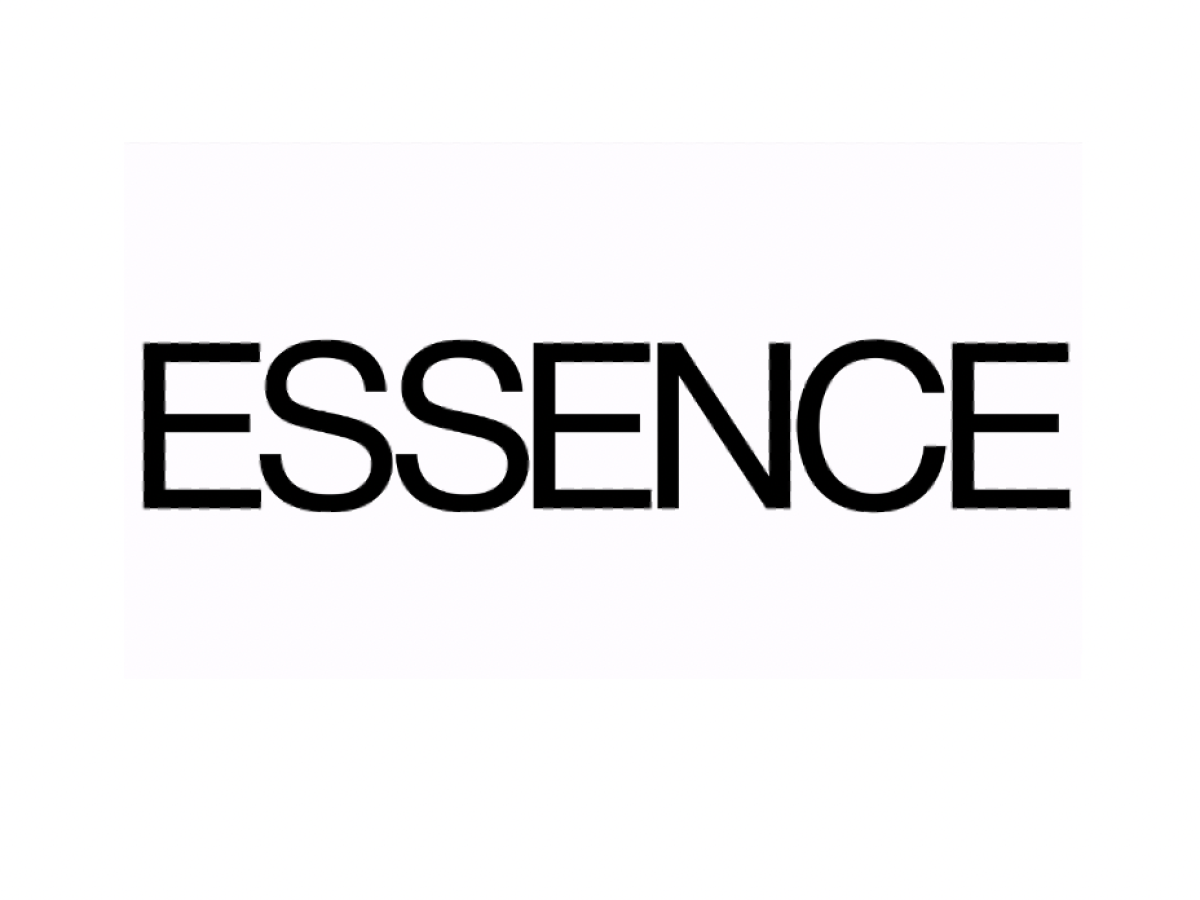Native American tribes take action to keep Nevada’s Great Basin languages alive

RENO, Nev. (KOLO) – Native American tribal elders, council members and representatives from the Nevada Department of Education are taking action to revitalize the Paiute, Shoshone and Washoe languages. Both groups met Wednesday morning at the Nevada Museum of Art.
“In previous years, our languages were taken away from us in boarding schools. We couldn’t speak our language in boarding school,” said Reynelda James, the oldest member of the Pyramid Lake Paiute Tribe. “We were punished.”
The history of Great Basin languages is deep. But in the late 1990s, the Paiute writing system was introduced to the council, according to a member of the Pyramid Lake Paiute Tribe. “I haven’t spoken the language since I graduated from high school. When I returned to my home state, I learned from the elders who learned the language in 1997,” added Ralph Burns.
The oldest member of the Pyramid Paiute tribe tells me she began creating a language workbook nearly two decades ago. “I and others felt that if we didn’t teach our language, we would also lose our culture,” said James, who was helped by Burns.
The workbook was first introduced at Spanish Springs and Reed High School in 2006. Last year it was also added to the language curriculum at Wooster High School.
“If the young people want to learn this language, we elders encourage them to be able to teach them because they want to learn this language,” added the 91-year-old elder of the Pyramid Lake Paiute Tribe.
“We see students achieving academic success because they recognize themselves in the curriculum,” says Fredina Drye-Romero, an educational programs specialist at the Nevada Department of Education.
The Native American tribes want their language recognized with the Nevada Seal of Biliteracy, an award given to students by schools, districts and organizations. “It’s for students graduating from high school who are proficient in one or more languages, including English,” said Anne Marie Dickson, assistant director of the Student Achievement Office, NDE. “There is an assessment to ensure proficiency. There is a different assessment for each language.”
The biggest challenge, however, is finding the necessary funding and teachers to convey the message. “Part of our problem is that the languages are not as widely spoken among the tribes as they once were. Over the last nine years, we have started some programs to revitalize the languages,” added Rachel Tillotson, a world languages expert at NDE.
From what I have observed, discussions between the tribes and the Nevada Department of Education are going well, but there is still much work to be done before indigenous languages are fully recognized throughout the Washoe County School District and the state.
KOLO 8 will continue to follow this story as we learn of new developments.
All rights reserved.



